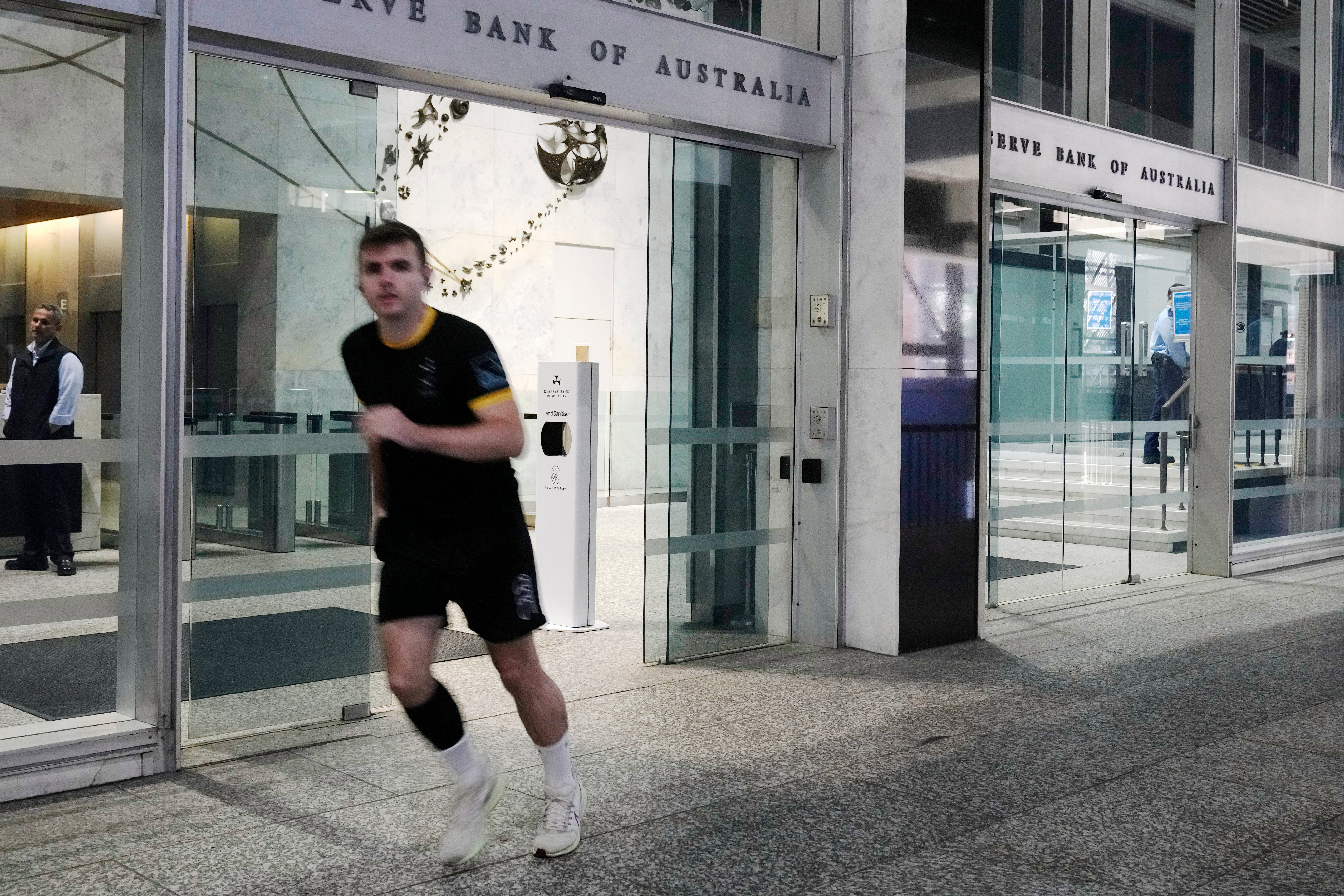Australian central bank hikes interest rate to 3.85%
Australia’s central bank has surprised markets by increasing its benchmark interest rate by a quarter percentage point to 3.85% despite pausing its climb last month and new evidence that inflation is slowing

Your support helps us to tell the story
From reproductive rights to climate change to Big Tech, The Independent is on the ground when the story is developing. Whether it's investigating the financials of Elon Musk's pro-Trump PAC or producing our latest documentary, 'The A Word', which shines a light on the American women fighting for reproductive rights, we know how important it is to parse out the facts from the messaging.
At such a critical moment in US history, we need reporters on the ground. Your donation allows us to keep sending journalists to speak to both sides of the story.
The Independent is trusted by Americans across the entire political spectrum. And unlike many other quality news outlets, we choose not to lock Americans out of our reporting and analysis with paywalls. We believe quality journalism should be available to everyone, paid for by those who can afford it.
Your support makes all the difference.Australia’s central bank on Tuesday surprised markets by increasing its benchmark interest rate by a quarter percentage point to 3.85% despite pausing its climb last month and new evidence that inflation is slowing.
The Reserve Bank of Australia’s meeting on April 4 was the first in a year to leave rates on hold to allow time for the bank’s board to observe the impacts of recent hikes.
Most economists expected the cash rate would remain steady at 3.6% at the bank’s May meeting. Last week, the Australian Bureau of Statistics reported that inflation in the March quarter had slowed to 7% from 7.8% in December.
But bank Gov. Philip Lowe said inflation remained too far outside his bank’s target range of 2% to 3%.
“Inflation in Australia has passed its peak, but at 7% is still too high and it will be some time yet before it is back in the target range,” Lowe said in a statement.
“While the recent data showed a welcome decline in inflation, the central forecast remains that it takes a couple of years before inflation returns to the top of the target range; inflation is expected to be 4.5% in 2023 and 3% in mid-2025,” Lowe added.
The increase brings the cash rate to 3.85%, Australia’s highest since April 2012.
National Australia Bank chief economist Alan Oster said he was surprised by the rate rise and expected it would be the last in the current cycle.
Treasurer Jim Chalmers said the move was a reminder of Australia’s difficult economic circumstances.
“This is a reminder that inflation remains the primary challenge in our economy,” Chalmers said.